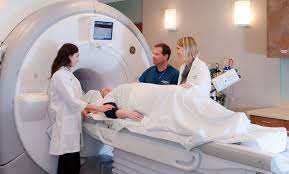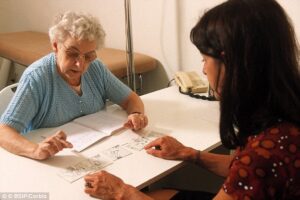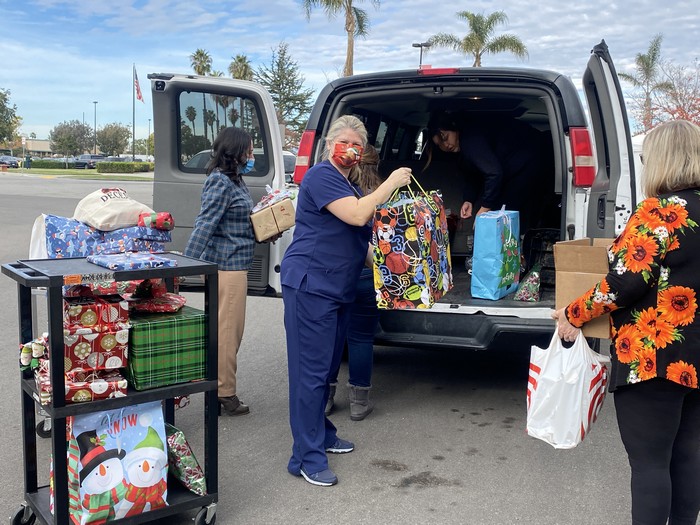by Ventura Mayor Sofia Rubalcava
The coming of a New Year marks a time when many people take a moment to reflect on the past year. It’s a time to acknowledge achievements, recount past accomplishments, and celebrate milestones. As we wrap up 2021, I’m reminded of how productive the City and Council have been in the last year. We’ve done a lot amidst a pandemic and seen many long-term efforts come to fruition.
The City Council recently approved a permanent streamlining ordinance to simplify the development review process. For several years, it has been a Council priority to streamline the planning and public hearing process for those who want to build in Ventura and businesses who want to improve their properties. Under the improved streamlining process, the City can shorten a development project’s review time while keeping the community informed through early public notification and involvement.
The City Council also recently approved extending the five-block closure of Main Street to vehicle traffic through July 2022. In addition, work is underway to explore options for making Main Street Moves a more permanent attraction through a cost-effective, flexible design approach for the downtown area. This project will come back to Council for review and approval as it develops.
Thanks to City staff’s determination and hard work, the City Council unanimously approved key terms for a potential development agreement worth $35 million to extend Olivas Park Drive and construct a levee in the flood plain along the Santa Clara River. The 139-acre project is the southern gateway to the City, adjacent to Highway 101 and the Ventura Auto Center, and has been a priority since the 1980s. Under the agreement, the City would pay for the road extension, and the three property owners would pay for the levee. This project is a huge win because it will create significant sales and property tax revenues and improve traffic flow in the area. City staff will bring the final proposed deal to the Council early next year.
Apart from recent Council-approved items, it’s important to acknowledge City staff’s commitment and dedication to launch new programs and engagement opportunities in a wide variety of City departments.
Transitioning public services online has been an ongoing priority. In 2021, the City launched a new virtual public permit counter. Ventura Online Permit Services, also known as Ventura OPS, is a digital public permit counter that allows a customer to submit a permit application, upload plan sets, schedule inspections, and check project status online without coming into City Hall. Next year, continued enhancements such as an integrated online payment system and improved forms are planned.
In 2021, construction kicked off for a second entrance at Community Park and the City’s first ever inclusive playground at Arroyo Verde Park. Both sites are anticipated for completion in 2022. The City was also awarded a $2 million grant from the state’s “California Outdoors for All” initiative to fund construction to expand the skatepark at Westpark. The project will add more than 20,000-square-feet to the existing site with features tailored to various skill levels, green infrastructure, and public art. Our Parks and Recreation Department will conduct additional outreach to gather community input as it prepares a final design for the Westpark skatepark in the coming year.
The City recently completed the visioning phase of its General Plan Update, which involved virtual workshops, seven in-person pop-up events, and more than 1,500 survey responses. The goal of this phase was to gather input on community values, identify locations for new development, and determine potential land-use changes in different areas for the future and long-term growth of our City.
In support of the General Plan, the City is also working on its Active Transportation Plan to identify projects and programs that will make walking, biking, and taking transit great choices for all who live, work, or visit Ventura.
Some other notable 2021 achievements include adopting and implementing new water and wastewater rate increases to support daily operation and maintenance of the City’s existing water and wastewater systems. Additionally, this will support approximately 36 planned capital improvement projects, including the long-anticipated State Water Interconnection Project and the VenturaWaterPure Program.
VenturaWaterPure is the long-anticipated potable reuse project that will divert water currently being discharged to the Santa Clara River Estuary to a new advanced water purification facility. Currently, the program remains in the design phase, with construction anticipated to begin in 2023. To date, VenturaWaterPure has received over $4 million in federal grants. The City continues to pursue grants and other cost-sharing opportunities to maximize value and minimize financial impacts for our community.
This past year has been one full of many successes thanks to the resilient spirit of our community members, businesses, City Council, and hard-working City staff. I’m so proud of what we’ve accomplished working together. I’m looking forward to more exciting projects and enhancements on the horizon. Happy New Year, and cheers to 2022!
To learn more about these and other City of Ventura news, visit www.CityofVentura.ca.gov.







